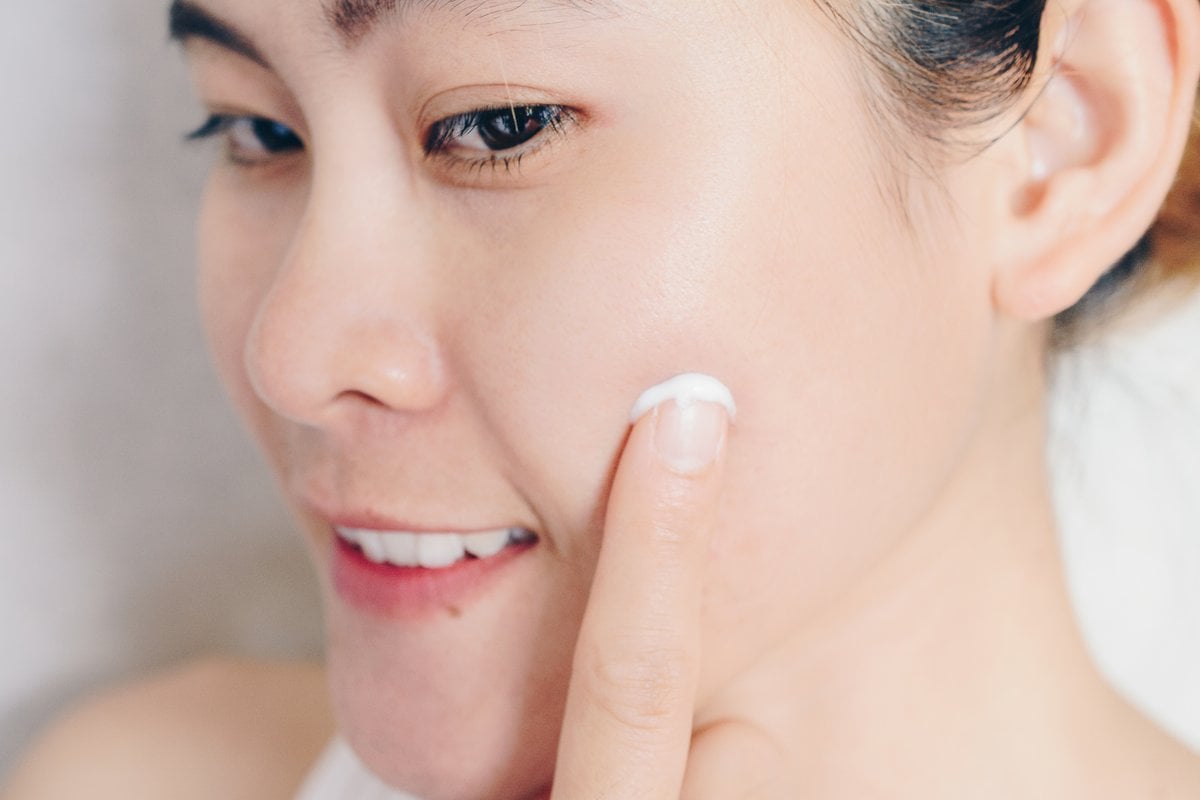
Whether you want to brighten dull skin, get rid of niggling acne scars, smooth fine lines or tell your pigmentation to piss off, there are a whole heap of amazing facial treatments out there that can address almost any skin concern. How good!
Watch: On the topic of facials...here's what a carbon facial looks and feels like. Post continues below.
There's the traditional, relaxing facial full of mood lighting, long massages, nice smelling scrubs and fairy dust (you know the one - you float out in an outrageous state of bliss, smelling like you've been dunked in fancy hippie oil), and then there's the hardcore 'this is going to hurt, but pain is good' kinda facial that works to fix skin issues over a series of sessions.
The thing is, though, no matter what type of facial treatment you have, you need to know that there's a particular aftercare process you should follow for each. Because while we may be aware of the many amazing benefits of facial treatments, post-treatment plans aren’t really common knowledge. But then your skin breaks TF out post-treatment, or it's left feeling a little inflamed for a little too long, and you're left wondering what went wrong.